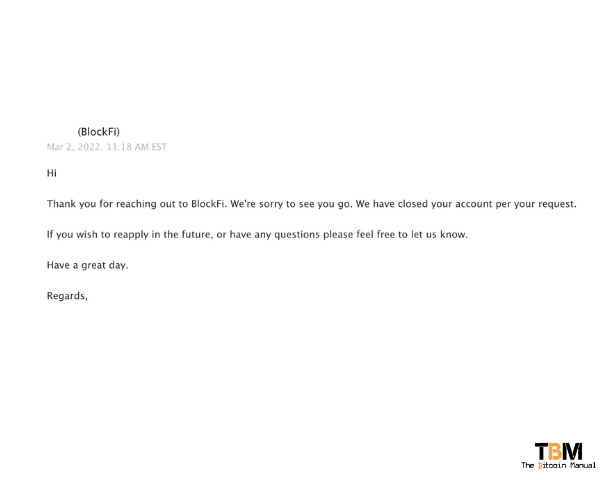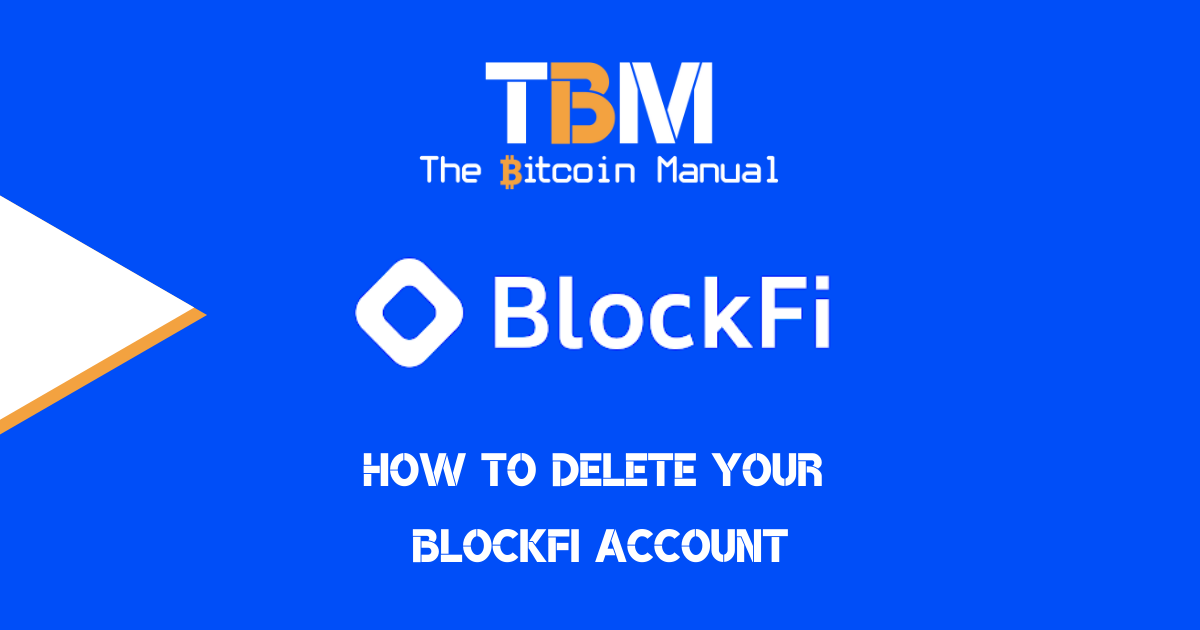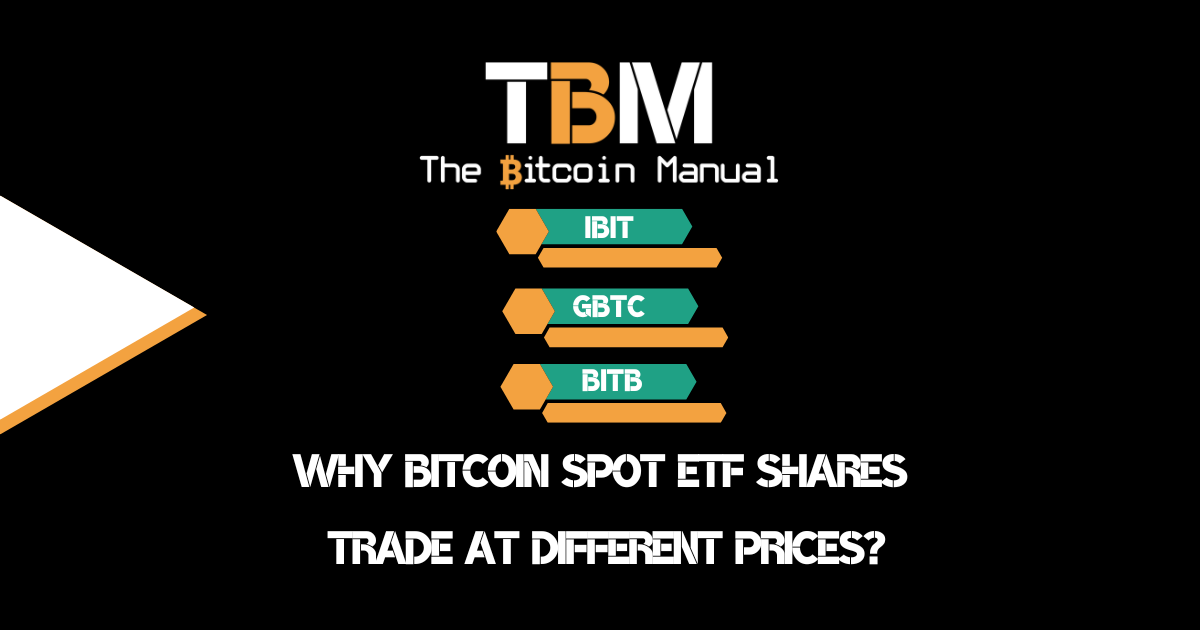Back in 2017, the risk on the side of bitcoin was the order of the day, everyone was trying to get a bigger return on their stack, and CEFI platforms were birthed in those years. As more people were looking to take on risks, exchanges needed capital to borrow for leverage trading and other high-risk products.
To get this capital, CEFI service providers would offer interest rates on bitcoin and borrow it out to exchanges or look for market opportunities to generate a return on the bitcoin they get from customers.
It’s a familiar product, pitched as a savings account, but it is not without risk. As soon as you give up ownership of your coins, you’re at the mercy of someone else, and as we learned from hacks throughout the years, this is a precarious position to be in as a retail investor.
In addition, creating ties to your identity and bitcoin can leave you exposed in the future, so limiting that footprint by not using centralised services could be a good step in improving your opsec.
If you feel like it’s time to move on from BlockFi, be that to take custody yourself or use a different service provider, then here’s how to get your account terminated.
Clear your account first
I think it goes without saying, before you even think about deleting your BlockFi account, you should give it a once over and review if you have any funds in it or pending interest payments.
If you do have funds in the BlockFi Interest Account, you’ll need to remove your funds from the interest account first, it’s best to do it on the first day of a new month since your interest would be paid in too and you can pull the entire balance instead of waiting for your next interest payment.
If your funds are ready to be taken off BlockFi, the next step would be to generate a new public key on your hot wallet or cold storage device and select the withdrawal function.
Once you’ve requested a fund withdrawal, it can take 24 – 36 hours for it to clear and be sent to the public key you provided.
Now that your funds are SAFU in your control, it’s time to start operation clean up.
How to delete your account with BlockFi
- Open your email account that is registered with the application.
- Now compose an email and enter the email address to onboarding@blockfi.com
- On Subject Type “Request To Delete My Blockfi Account”.
- Now, write an email regarding deleting your account.
- Type your user-id email address, and provide the reason for deleting your account.
If you need help formatting your deletion email, you can copy the template below, swap out your details and ping it off to BlockFi.
Dear BlockFi Team,
I have an account in your database attached to the following email address or phone number. I have decided not to use the account any further. Therefore, I request that you kindly delete my account from your database and wipe all notifications, if any.
From:
Your Name.
Email Account.
Phone Number.
Send your email and wait 48 – 36 hours to get any response. If successful, you should receive an email from their helpdesk stating that your account has been closed, and you can move on to deleting any other traces of the service.

Once your account is shut down and you want to break ties and go cold turkey entirely, you could finish off your spring cleaning by:
- Deleting the app from your Smartphone or tablet
- Deleting the bookmark in your browser or home screen
- Unsubscribing from their email list
- Unfollowing their social media accounts
Cleaning your coins
If you’re removing your bitcoin from BlockFi, the UTXO they will generate on your behalf is subject to certain restrictions. You cannot send these coins to
- A “Mixing” service like a join market, which couples different transactions together attempt to obfuscate the source of funds.
- To Peer-to-peer and other exchanges which do not perform Know Your Customer (KYC) screening as part of their onboarding process.
Your best bet would be to generate a new public address, remove your coins, and then proceed to use a mixing service to break the ties that BlockFi has with your identification, and the UTXO generated.
Not your keys not your cheese
It’s all fun and games playing around with a small amount of your stack and trying out these services, but as for keeping any large amount of capital in services you cannot control or exit from without permission from third parties might not be priced into the interest rate you’re getting.
In most cases, the risk you’re taking is higher than the reward, and as more pressure comes from regulators and as these centralised services become attractive honeypots for hackers, it leaves you open to various attacks.
If you’re ready to take control of your funds, then the safest way to store your bitcoin will always be in an air-gapped cold storage device.




